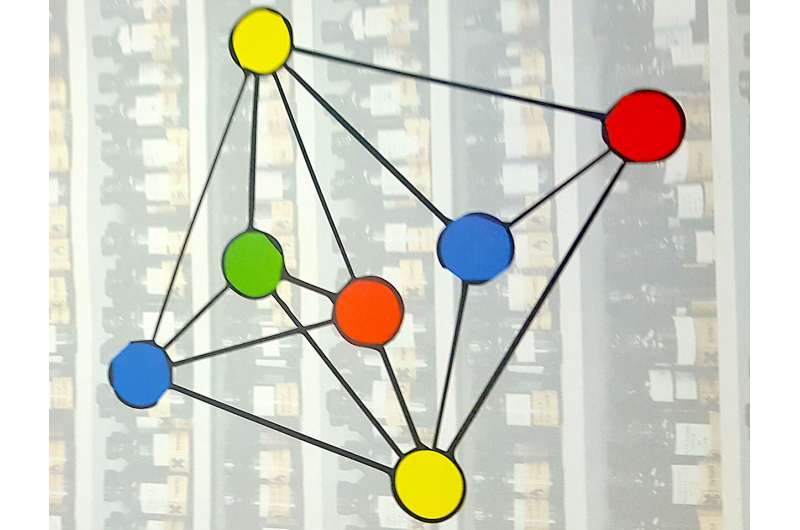Can I mix those chemicals? There's an app for that!

Improperly mixed chemicals cause a shocking number of fires, explosions, and injuries in laboratories, businesses, and homes each year.
A new open source computer program called ChemStor developed by engineers at the University of California, Riverside, can prevent these dangerous situations by telling users if it is unsafe to mix certain chemicals.
The Centers for Disease Control estimates 4,500 injuries a year are caused by the mixture of incompatible pool cleaning chemicals, half of which occur in homes. Even in laboratories and factories where workers are trained in safe storage protocols, mix-ups and accidents happen, often after chemicals are inadvertently combined in a waste container.
The UC Riverside engineers' work is published in the Journal of Chemical Information and Modeling. Their program adapts a computer science strategy to allocate resources for efficient processor use, known as graph coloring register allocation. In this system, resources are colored and organized according to a rule that states adjacent data points, or nodes, sharing an edge cannot also share a color.
"We color a graph such that no two nodes that share an edge have the same color," said first author Jason Ott, a doctoral student in computer science who led the research.
"The idea comes from maps," explained co-author William Grover, an assistant professor of bioengineering in the Marlan and Rosemary Bourns College of Engineering with a background in chemistry. "In a map of the U.S., for example, no two adjacent states share a color, which makes them easy to tell apart."
ChemStor draws from an Environmental Protection Agency library of 9,800 chemicals, organized into reactivity groups. It then builds a chemical interaction graph based on the reactivity groups and computes the smallest number of colors that will color the graph such that no two chemicals that can interact also share the same color.
ChemStor next assigns all the chemicals of each color to a storage or waste container after confirming there is enough space. Chemicals with the same color can be stored together without a dangerous reaction, while chemicals with different colors cannot.
If two or more chemicals can be combined in the same cabinet or added to a waste container without forming possibly dangerous combinations of chemicals, ChemStor determines the configuration is safe. ChemStor also indicates if no safe storage or disposal configuration can be found.
Grover, who experienced a destructive lab fire caused by incompatible chemicals during his days as an undergraduate, said he takes the threat very seriously.
"I'm responsible for the safety of the people in my lab, and ChemStor would be like a safety net under our already strict storage protocols," Grover said.
ChemStor's functionality is currently limited to a command line interface only, where the user manually enters the type of chemicals and amount of storage space into a computer.
Updates are forthcoming to make ChemStor more user-friendly, including a smartphone app utilizing the camera to gather information about chemicals and storage options, as well as an integration with digital voice assistants, some of which have already begun to be developed specifically for chemists, making ChemStor a natural addition.
"Any system can communicate with ChemStor as long as the input is fashioned in a way that ChemStor expects," Ott said. The code is available here.
More information: Jason Ott et al, ChemStor: Using Formal Methods To Guarantee Safe Storage and Disposal of Chemicals, Journal of Chemical Information and Modeling (2020). DOI: 10.1021/acs.jcim.9b00951
Journal information: Journal of Chemical Information and Modeling
Provided by University of California - Riverside


















